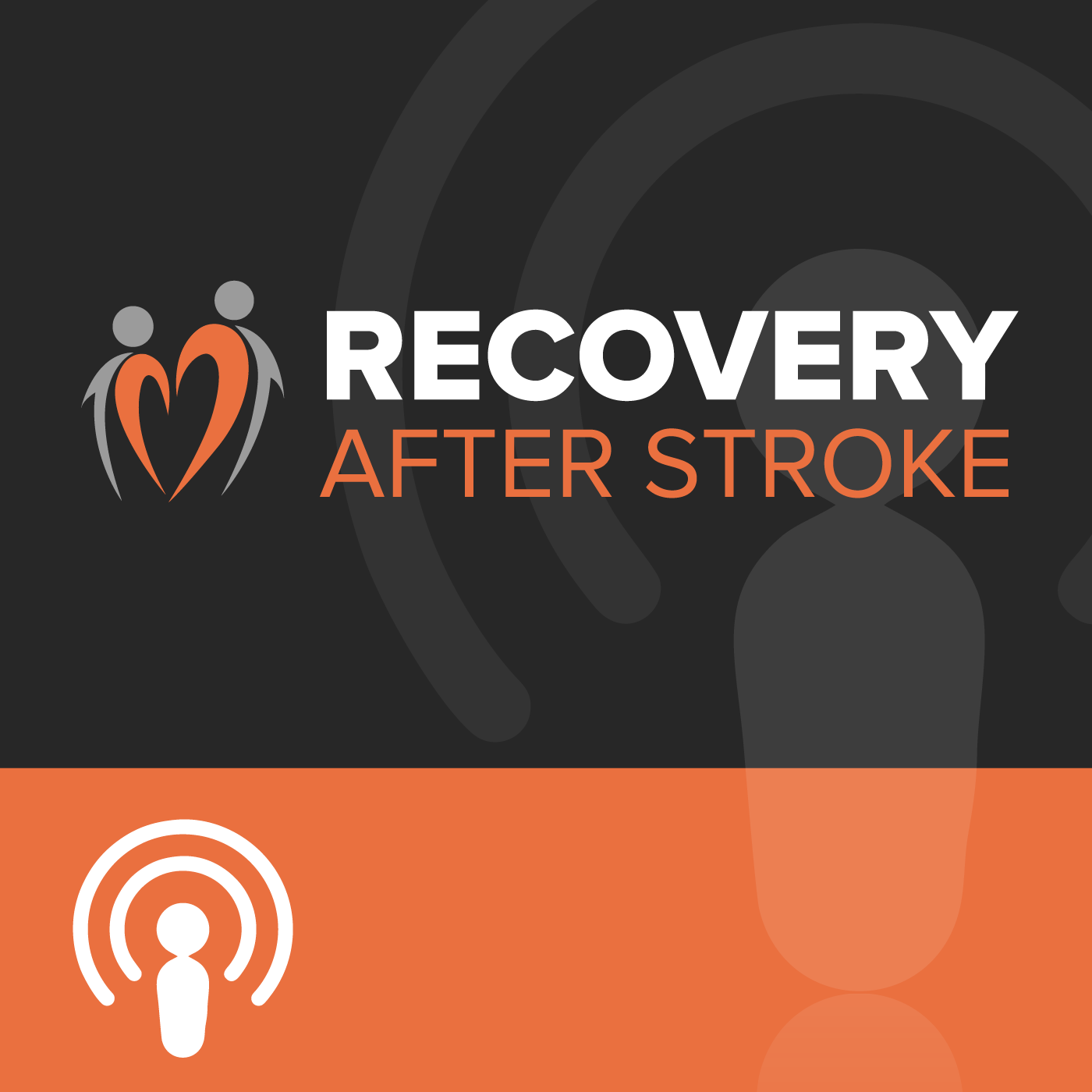Stroke And Brain Bleed | Kevin Gocke
Understanding the Differences Between Stroke and Brain Bleed Every year, thousands of people around the world suffer from either a stroke or a brain bleed, and unfortunately, many of these individuals do not know the difference between the two. While both conditions affect the brain and can be life-threatening, they have distinct differences that are important to understand. A stroke occurs when blood flow to the brain is interrupted, either by a blockage or a burst blood vessel. On the other hand, a brain bleed, also known as a hemorrhage, is when blood leaks out of a blood vessel and into the surrounding brain tissue. Although both conditions can cause similar symptoms, such as sudden weakness or numbness, it is crucial to know the differences between the two in order to receive the proper treatment and care. In this article, we will delve deeper into the specifics of each condition, and provide helpful information on how to recognize and respond to both a stroke and a brain bleed. What is a Stroke? A stroke is a medical emergency that occurs when blood flow to the brain is interrupted. There are two main types of stroke: ischemic and hemorrhagic. Ischemic stroke is the most common type, accounting for nearly 87% of all strokes. It occurs when a blood clot or plaque buildup blocks blood flow to the brain. Hemorrhagic stroke, on the other hand, is less common, accounting for only 13% of all strokes. It occurs when a blood vessel in the brain ruptures and bleeds into the surrounding tissue. Strokes can affect people of all ages, but they are more common in older adults. Other risk factors for stroke include high blood pressure, smoking, obesity, diabetes, high cholesterol, and a family history of stroke. What is a Brain Bleed? A brain bleed, also known as a hemorrhage, is a type of stroke that occurs when blood leaks out of a blood vessel and into the surrounding brain tissue. There are several types of brain bleeds, including subarachnoid hemorrhage, intracerebral hemorrhage, and epidural hemorrhage. Subarachnoid hemorrhage occurs when there is bleeding in the space between the brain and the skull. Intracerebral hemorrhage occurs when there is bleeding within the brain tissue. Epidural hemorrhage occurs when there is bleeding between the skull and the outer layer of the brain. Brain bleeds can be caused by a variety of factors, including high blood pressure, trauma, aneurysms, arteriovenous malformations (AVMs), bleeding disorders, and certain medications. Causes of Stroke There are several risk factors that can increase the likelihood of having a stroke. The most common risk factors include high blood pressure, smoking, obesity, diabetes, high cholesterol, and a family history of stroke. Other factors that can increase the risk of stroke include age, gender, race, and certain medical conditions, such as atrial fibrillation and sickle cell anemia. Causes of Brain Bleed Brain bleeds can be caused by a variety of factors, including high blood pressure, trauma, aneurysms, arteriovenous malformations (AVMs), bleeding disorders, and certain medications. High blood pressure is the most common cause of brain bleeds, accounting for nearly 70% of all cases. Trauma, such as a head injury, can also cause a brain bleed. Symptoms of Stroke The symptoms of a stroke can vary depending on the type and severity of the stroke. The most common symptoms of a stroke include sudden weakness or numbness in the face, arm, or leg, especially on one side of the body. Other symptoms may include sudden confusion, trouble speaking or understanding speech, sudden trouble seeing in one or both eyes, sudden trouble walking, dizziness, loss of balance or coordination, and sudden severe headache with no known cause. Symptoms of Brain Bleed The symptoms of a brain bleed can vary depending on the location and severity of the bleed. The most

